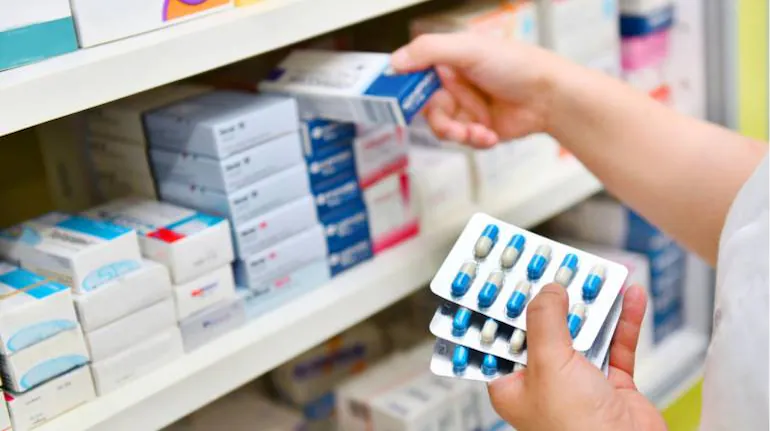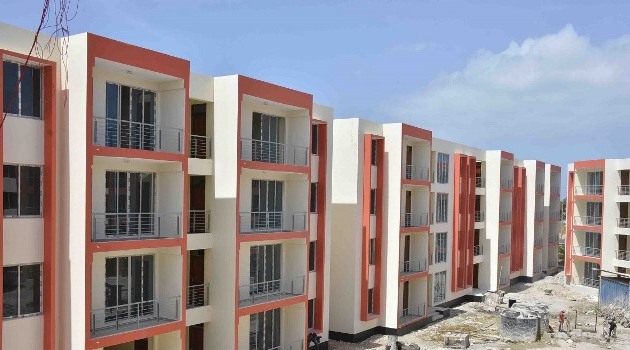NEW DELHI —India, long dubbed the “pharmacy of the world,” is making that title count in ways that now shape global health. With affordable medicines, mass vaccine production, and steady policy support, the country has emerged as a quiet but powerful force in the global healthcare system.
From rural clinics in Africa to hospitals in Latin America, Indian-made medicines are keeping millions alive. Now, with a pharmaceutical industry ranked third in volume worldwide, the country is not just exporting pills it’s exporting access.

In the financial year 2023–24, India’s pharmaceutical sector recorded a turnover of ₹4.17 lakh crore. The industry has maintained a 10 per cent annual growth rate over five years, according to government data. That rise, officials say, isn’t just economic it’s deeply personal for the millions who can now afford life-saving treatments.
‘Medicines Made in India, for the World’
At the centre of India’s approach is a clear strategy: make healthcare cheaper, local, and widely available. A flagship programme, the Pradhan Mantri Bhartiya Janaushadhi Pariyojana, runs over 15,000 outlets across the country offering generic medicines at a fraction of branded prices.

“A heart medicine that once cost ₹500 now sells for around ₹100,” a government spokesperson said in a recent statement. “This makes treatment accessible to people who couldn’t dream of affording it before.”

Policy has played a starring role. The Production Linked Incentive (PLI) scheme for pharmaceuticals is backing 55 high-end drug projects, including cancer and diabetes treatments, with ₹15,000 crore in funding. A parallel PLI initiative is also pushing the domestic production of key drug ingredients to cut dependence on imports.
Other programmes are targeting medical devices. One PLI scheme, worth ₹3,420 crore, supports the manufacture of MRI machines, implants, and other essential equipment. Meanwhile, ₹3,000 crore has been earmarked for developing bulk drug parks in Gujarat, Himachal Pradesh, and Andhra Pradesh—large-scale hubs designed to lower production costs and reduce lead times.
The Strengthening of Pharmaceuticals Industry (SPI) scheme, with ₹500 crore in funding, focuses on upgrading research labs and production facilities to keep Indian firms globally competitive.
A Global Vaccine Powerhouse
India’s role in vaccine supply is perhaps even more striking. It currently provides 55–60 per cent of UNICEF’s vaccine needs. According to the World Health Organization, Indian firms meet 99 per cent of the global demand for the DPT vaccine, 52 per cent for BCG (used against tuberculosis), and nearly half of all measles vaccine orders.

This vaccine footprint became especially visible during the COVID-19 pandemic, when India shipped millions of doses to low- and middle-income countries often for free or at minimal cost.
“India’s vaccine diplomacy was a game-changer,” said Dr. Sunita Narain, a public health analyst in Delhi. “It reminded the world that affordability doesn’t mean inferiority.”
Jobs, Investment and Global Confidence
Back home, this healthcare boom is creating jobs from research labs in Hyderabad to manufacturing units in small-town Maharashtra. The sector attracted over ₹12,800 crore in foreign investment in 2023–24 alone.

India allows 100 per cent foreign direct investment (FDI) in greenfield pharmaceutical projects and medical devices an open-door policy that has helped pull in global giants and startups alike.
For the government, this is about more than numbers. “These efforts mean medicines are made in India, for India and for the world, keeping costs low and quality high,” the Health Ministry said in a recent release.
India’s pharmaceutical success didn’t happen overnight. It is the result of years of steady reforms, home-grown innovation, and a refusal to accept that high-quality care must come at high cost. In an increasingly unequal world, the country’s model offers a simple, radical idea: that life-saving healthcare shouldn’t be a luxury.




















